Hot List
Haven't tried a mallet putter? It might be time

When Scottie Scheffler switched (back) to a mallet putter to win both the Arnold Palmer Invitational and the Players Championship, it's not like that's the only reason for his victory surge, but it's a pretty compelling one. Since switching to the TaylorMade Spider Tour X, he's only moved up 55 places in his ranking in Strokes Gained: Putting. The question thus seems obvious: Are mallets just better than blades?
While our testing says "yes" (more on that later), maybe you prefer a more specific example. Consider that the four players with a chance to win the Players yesterday—Scheffler, Wyndham Clark, Xander Schauffele and Brian Harman—all are recent or long-term converts to mallet putters. Moreover, if you look at Scheffler's mallet, notice how the hosel is the same kind of plumber's neck design that was standard issue on all the blades he's used in the past, as well as on the most iconic blade shape, the Ping Anser and Titleist Scotty Cameron Newport. The short answer: Even for the most ardent blade proponent, the mallet’s benefits are too real to ignore.

David Cannon
Mallets can be designed to work with both the straight-back, straight-through motion, which favors a “face-balanced” design, and the arcing stroke typically used by blade advocates with its “toe-hang” design. But the fundamental difference is how mallets assist in alignment and provide more off-center forgiveness for similar rolls on mis-hits. Ultimately, that brings out more freedom in the stroke, Scheffler said at the start of the week.
"It makes it easier for me to line it up in the center of the face," he said. "It's good for me visually, and I like the way the ball comes off the face, and so it's helping me just be more kind of outward with my putting than focusing on what's going on right here, just focusing on the picture of the putt."
The newest mallets aren’t just more forgiving and better at assisting aim and alignment, they might stabilize the control of the face during the stroke. That means more consistent impact, truer roll and better distance control. Although the choice of putter might lean toward the spiritual, the data through the use of high-tech putter fittings suggests more golfers should be using mallets.
Sales of mallet putters are surging past blades—for some models as much as 9-to-1. Nick Sherburne, who directs fitting for Club Champion nationwide, says mallet fittings outpace blade fittings by 2½-to-1.
“Teachers and teaching aids have pushed folks away from an arcing stroke to more of a straight-back, straight-through motion, which lends itself better to a mallet,” he said.
The lesson here isn't that everyone should immediately switch to a mallet. But it's worth a simple investigation. Assuming you have the proper fitting blade putter now, try out a few mallet styles that ideally have the same length and the same kind of hosel connection (an L-neck or plumber's neck for example, or a slant neck). If you haven't been fit for your current blade putter, maybe it's worth trying a model with a different hosel as it might improve your left or right misses because of the way the hosel affects the degree you rotate the face back to square at impact. Short answer which is generally true but not always: A consistent left miss might be improved by a face-balanced design. A consistent right miss might be improved by a putter that has a little more toe hang with a slant neck or plumber's neck.
But mallets will almost always make alignment more straightforward and will provide generally more off-center hit consistency.
They likely will not win you as much money as Scheffler's hauled in during the last two weeks (unless they have this week's Powerball numbers inscribed on the sole), but trying them might be the easiest transition to a new club you'll ever have.
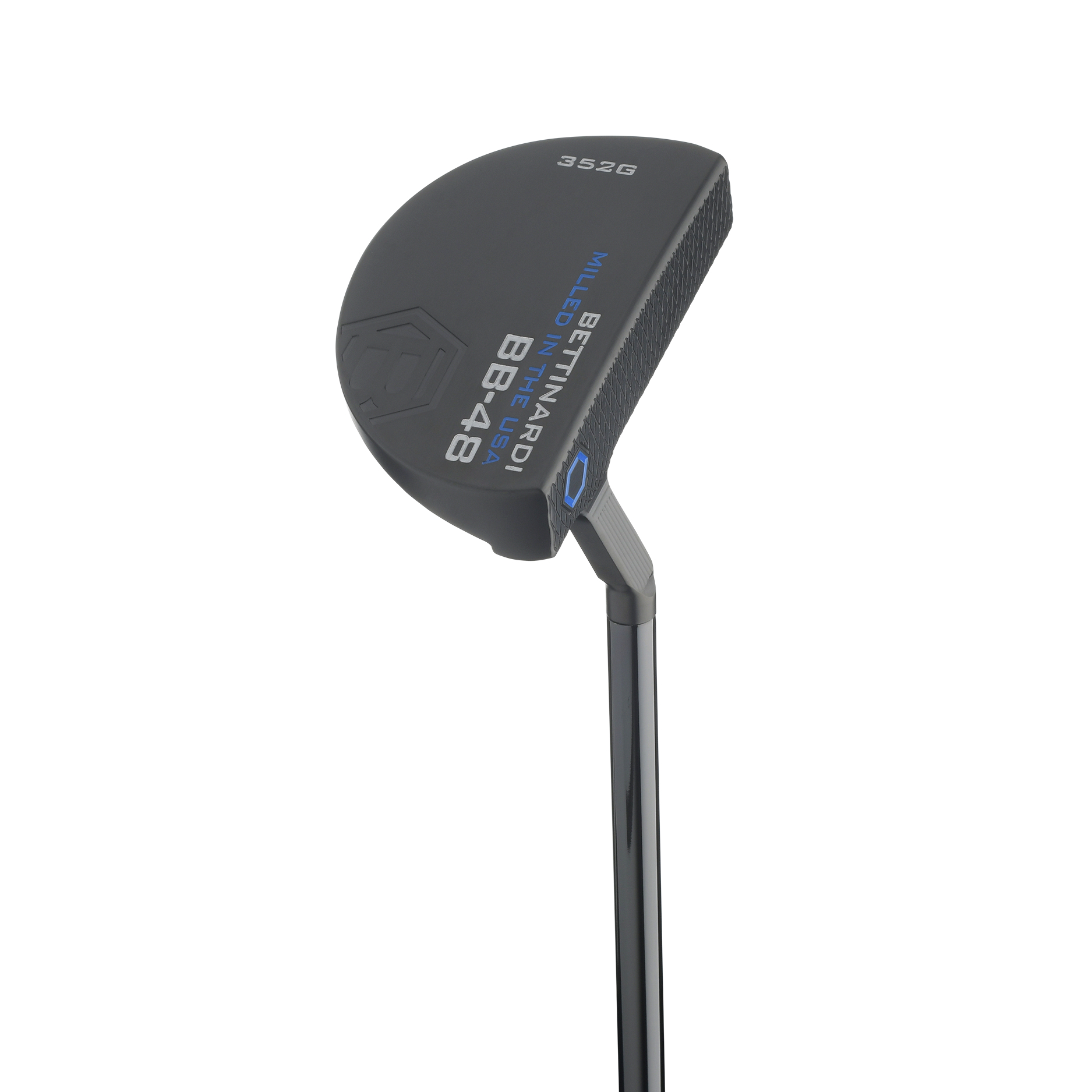
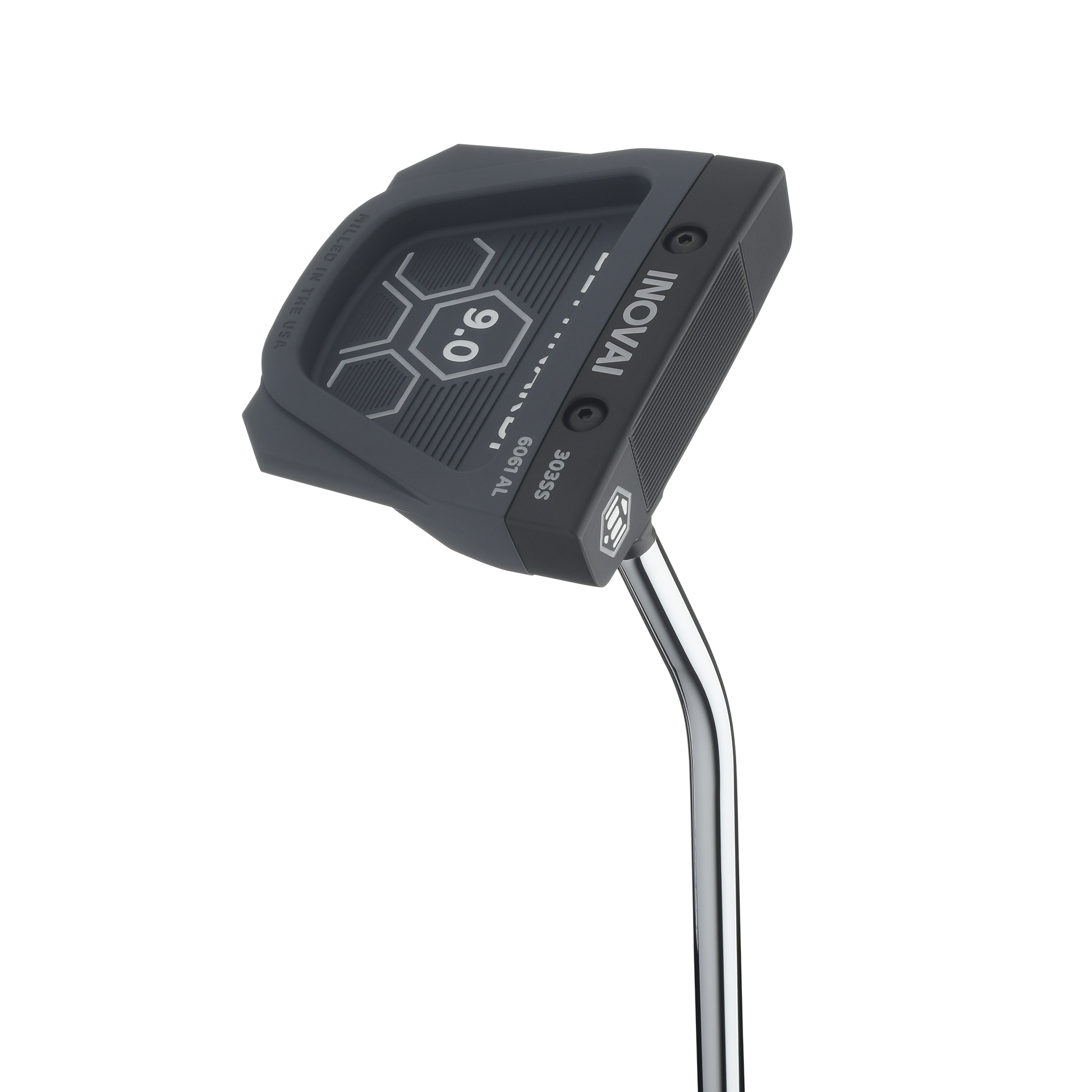
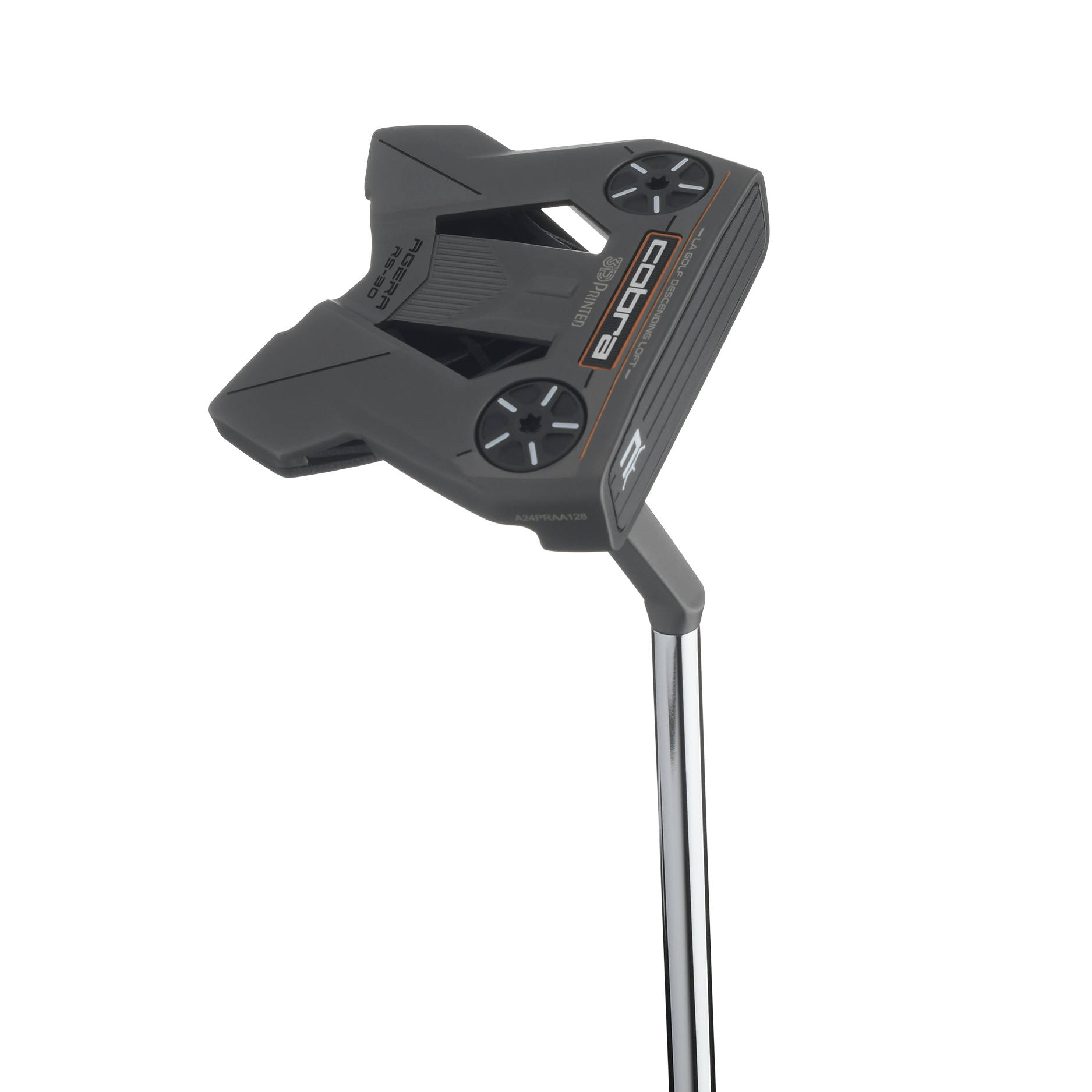
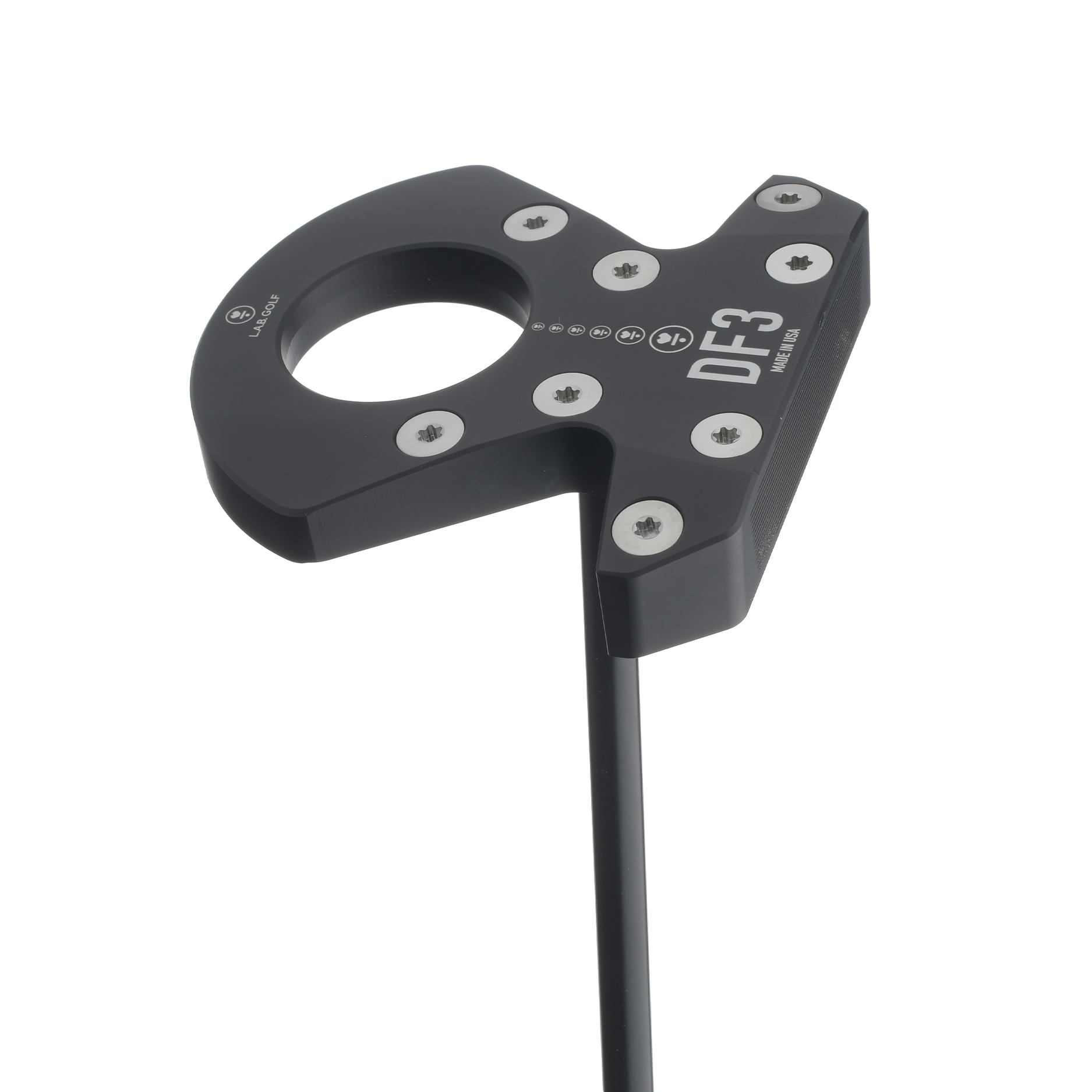
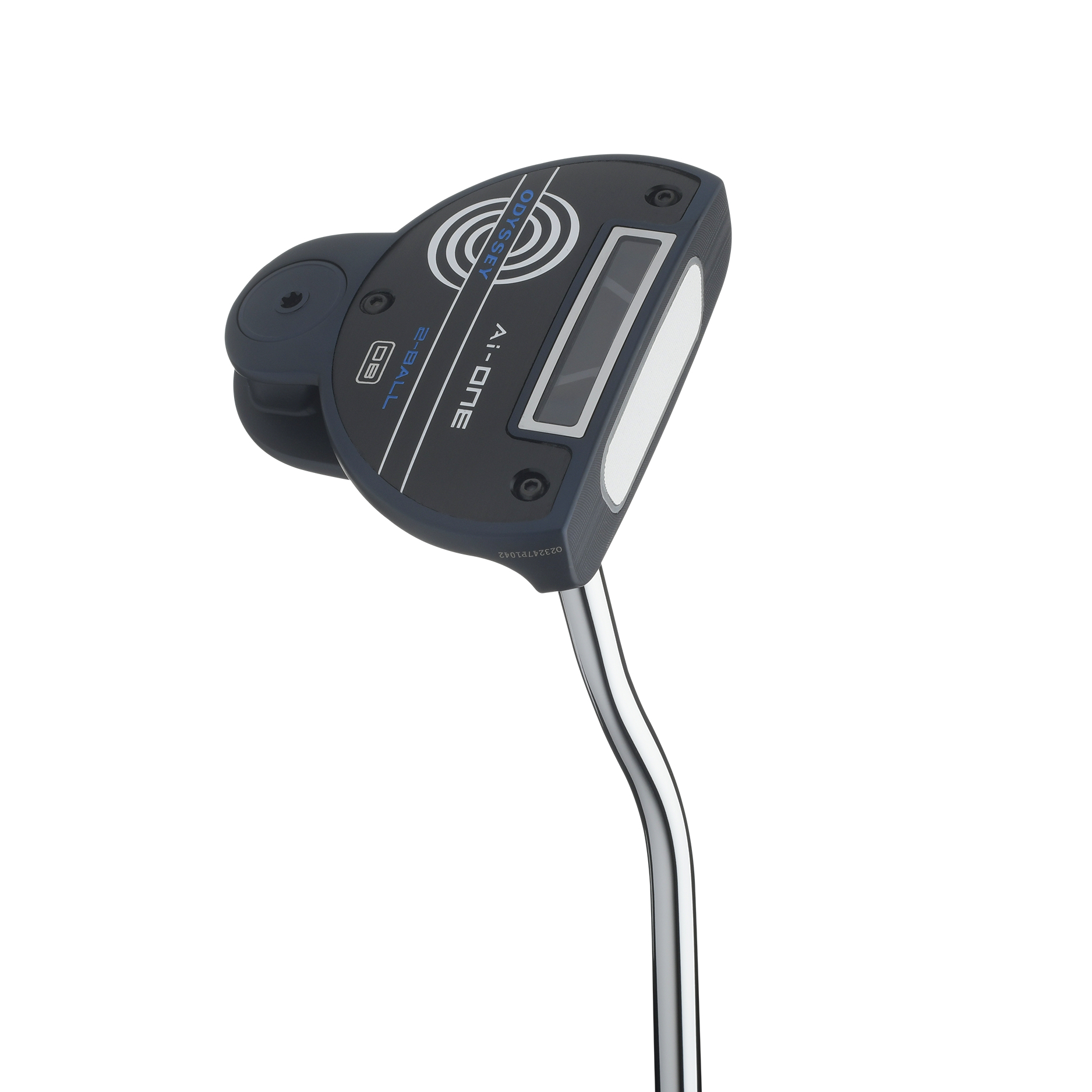
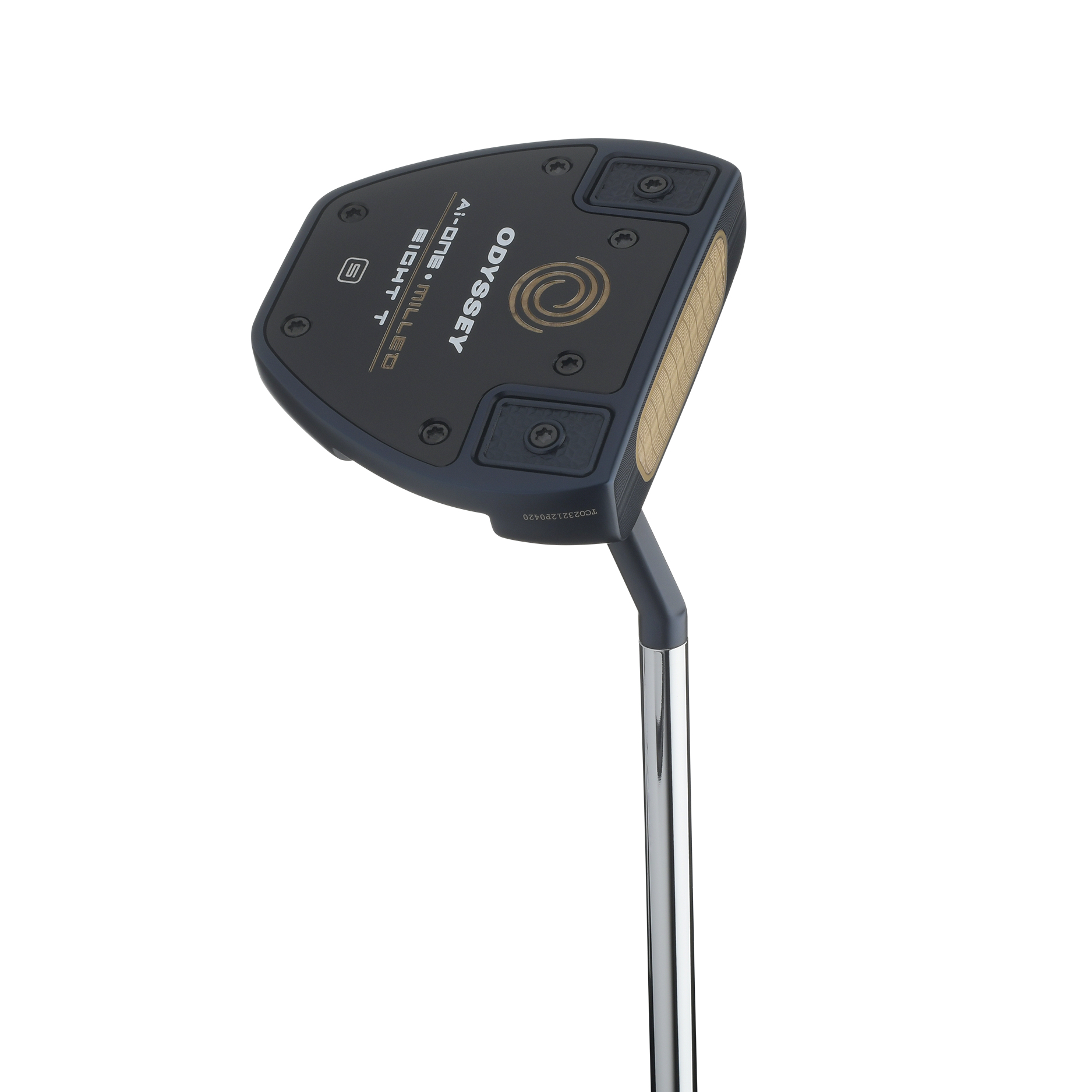
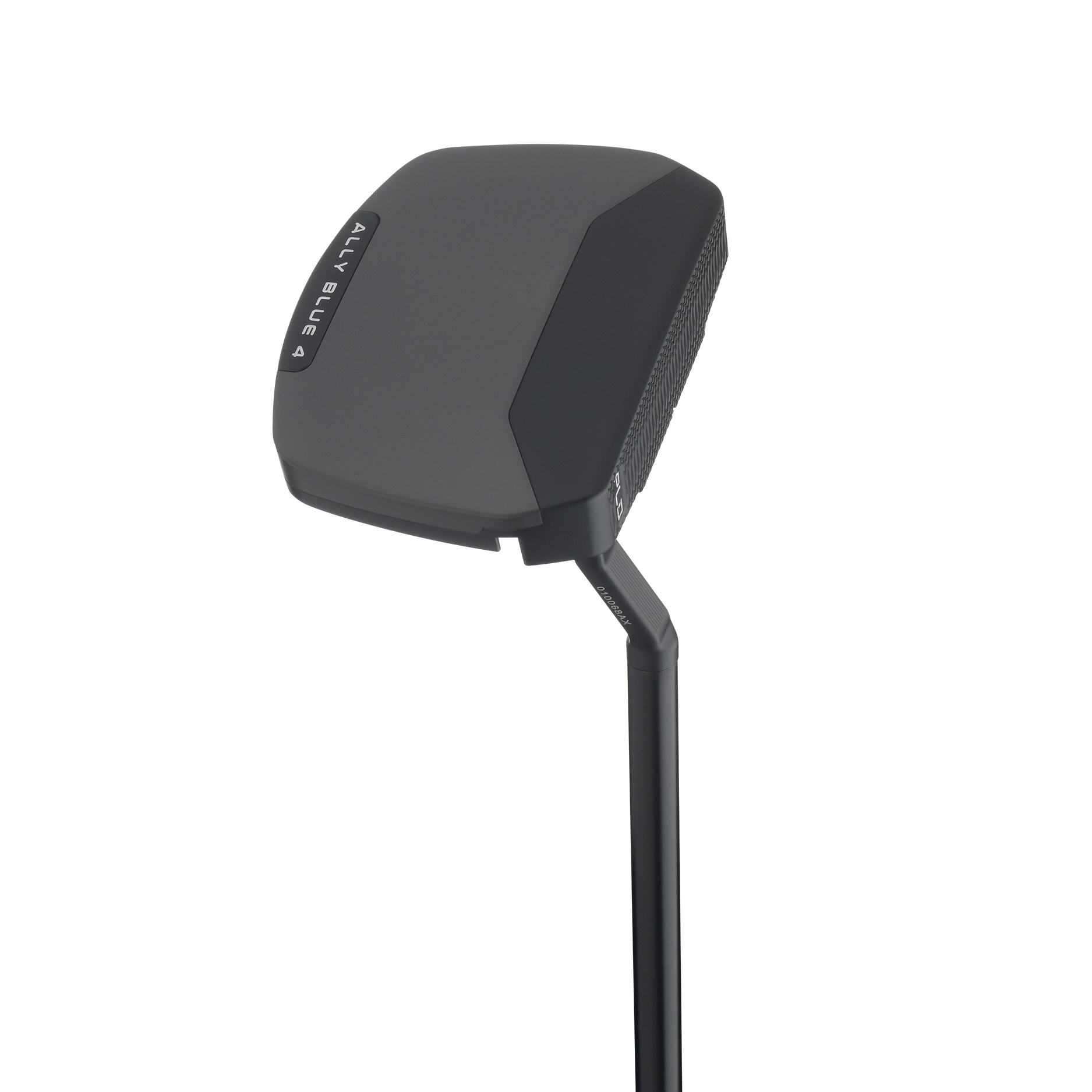
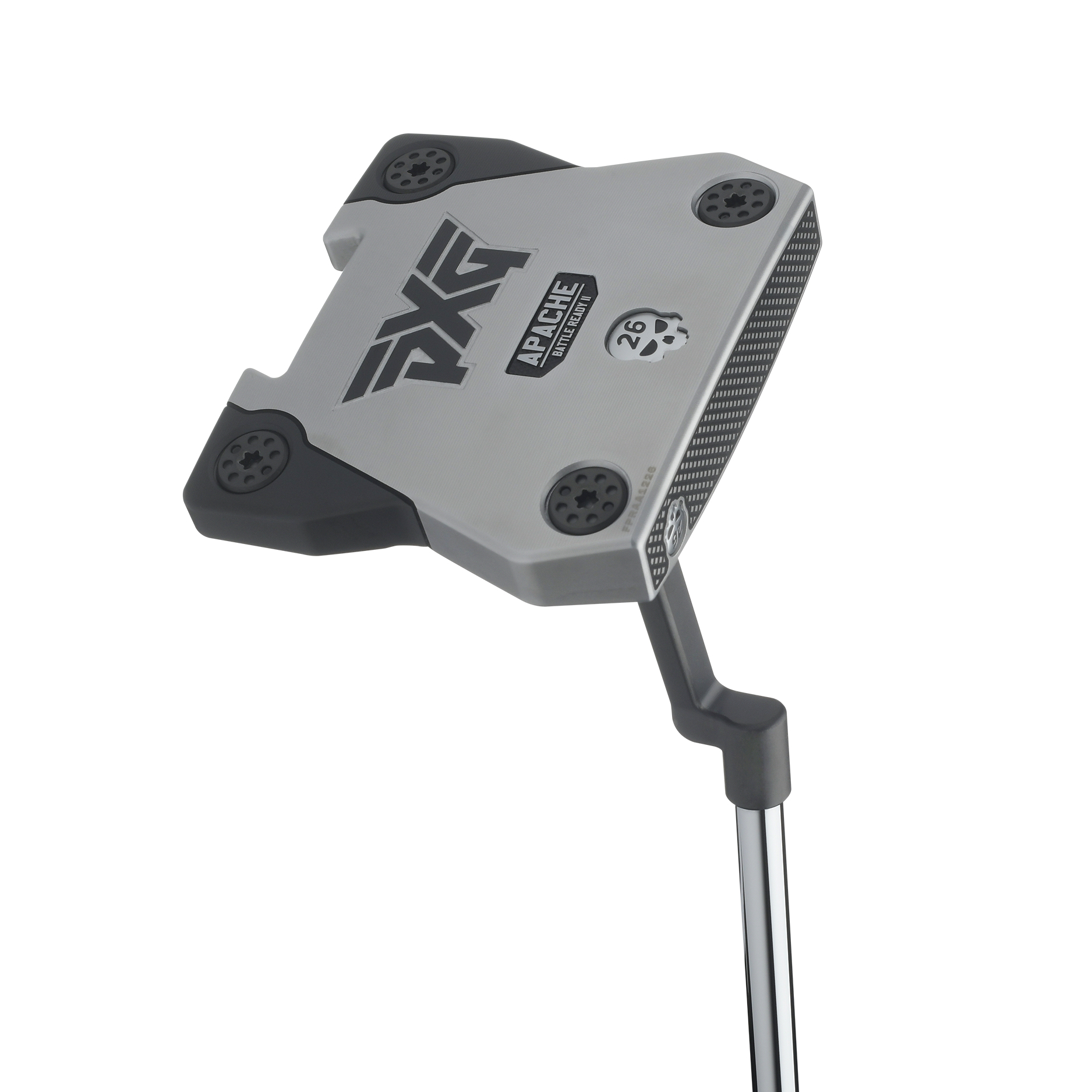
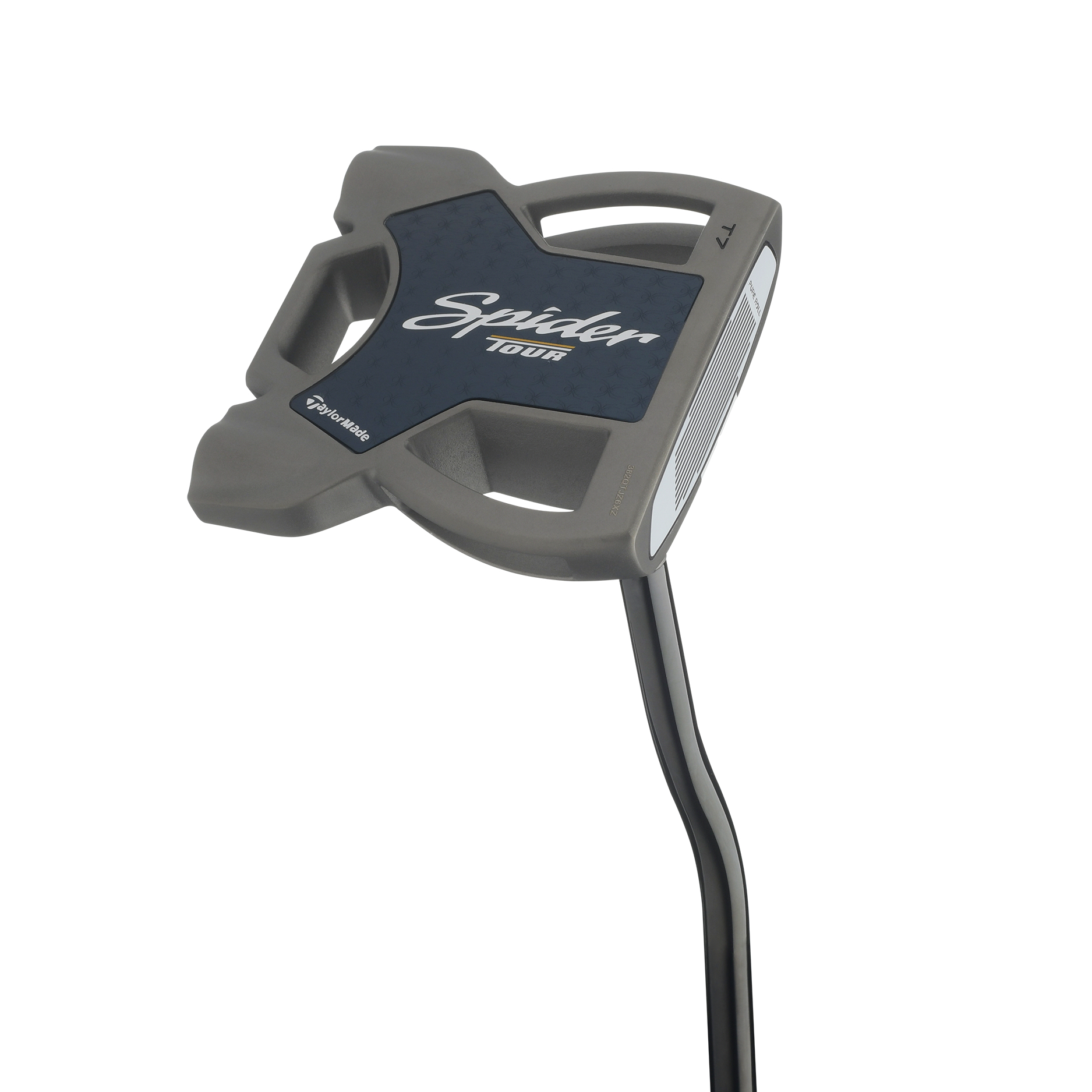
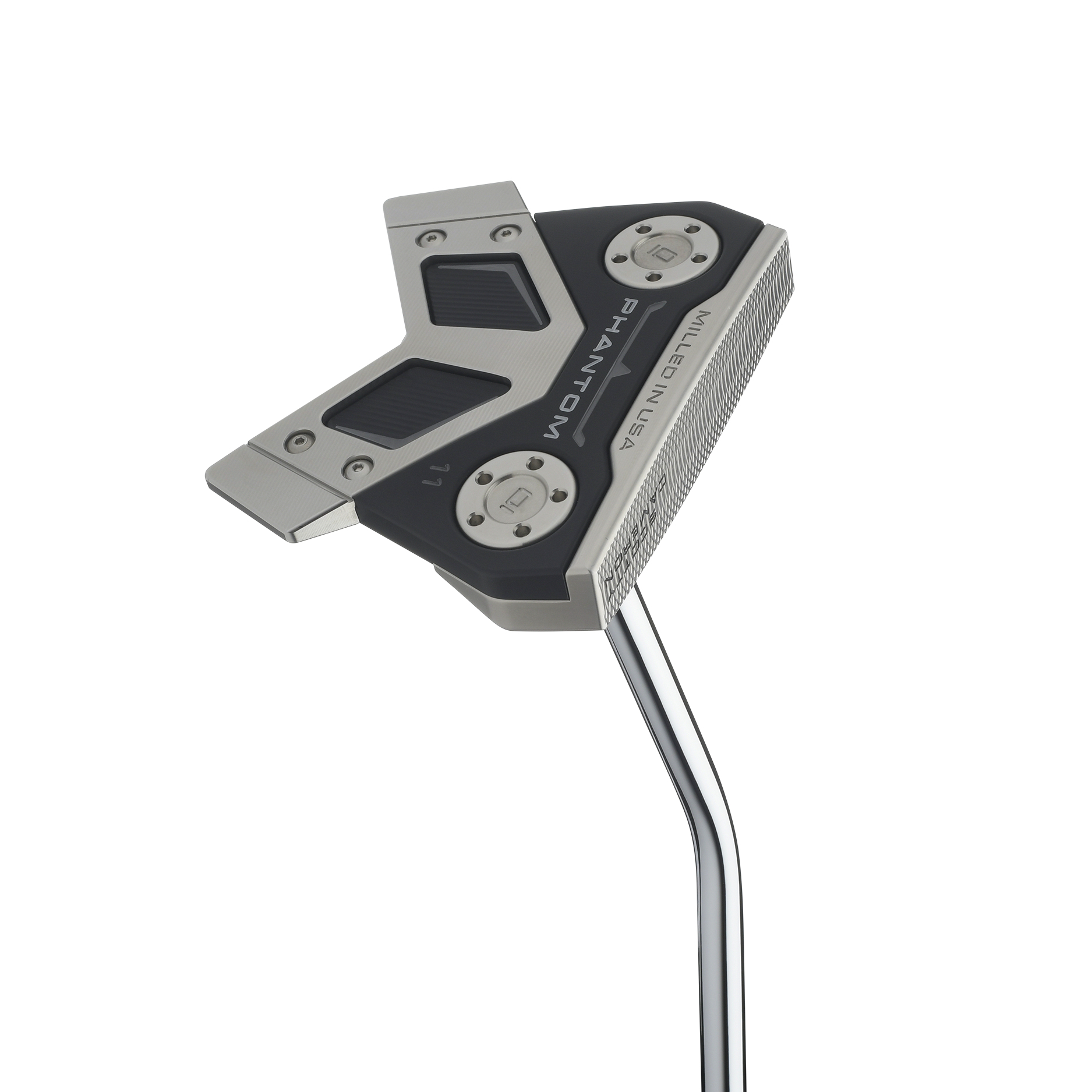
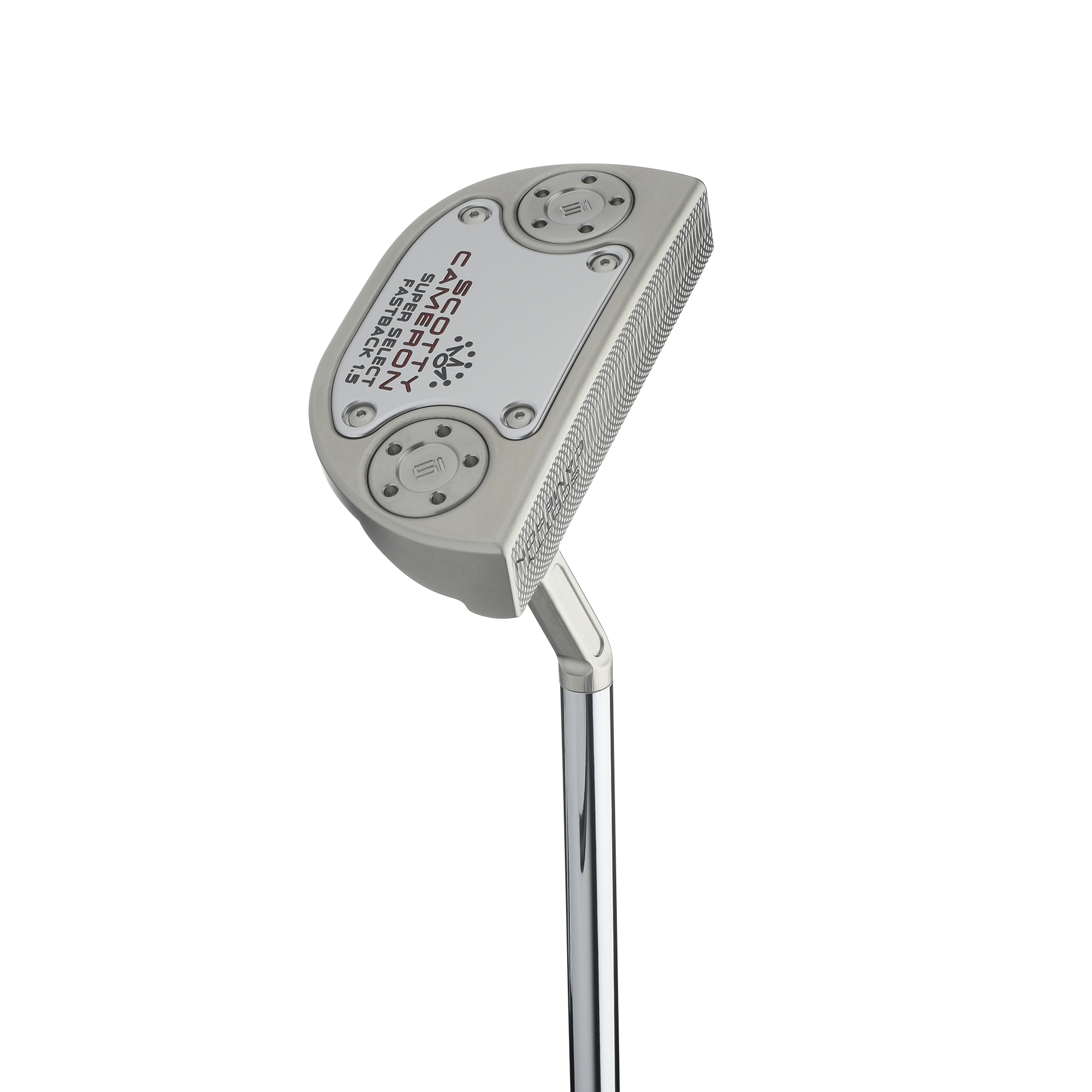
We partnered with club champion, the leading premium clubfittter, to see how the data supports oversize putters. We matched a mallet and blade putter to golfers’ length specs. Putts were analyzed by the SAM PuttLab, which measures dozens of performance attributes through ultrasonic-motion capture. Below we detail how mallets outperformed blades in specific areas. (The percentages, in red, reflect how much better mallets rated in three key metrics.) Overall, across 100 scores, mallets rated higher than blades 62 percent of the time.
FACE ANGLE AT IMPACT
▶ Getting the face pointed at the target at impact is critical to good putting. In our test, seven of the 10 players were more square at impact with a mallet putter than with a blade.
ANALYSIS Face angle at impact doesn’t tell the whole story, though. SAM PuttLab uses a statistic called Tendency, which combines face angle with elements like face at address, face rotation and impact location to show how close a putter is to producing elite-level putting performance. In this stat, mallets rated higher for eight of the 10 players.
+9%
PATH
▶ Good putts result when the face of the putter stays square to the path of your putting stroke. The less the face moves around during your stroke, the more reliable your putting will be. In the test, mallets produced more positive results in the timing and path of the stroke, especially how square the putter is to the path.
ANALYSIS The SAM PuttLab rating for Face to Path measures how much the putterface is square to the path back and through. Mallets produced higher ratings for all 10 players.
+15%
CONSISTENCY
▶ Making putts is one way to analyze putting, but that metric can be too simplistic: In our test, mallets and blades yielded the same percentage of made putts. Still, even though players were using putters they’d never tried before, their setup, their strokes and their impact locations were more repeatable with mallets than with blades.
ANALYSIS A high score in SAM Putt Lab’s Consistency rating reflects little variability in address position, stroke path and impact. Mallets scored higher for seven of the 10 players.
+4
YOUR PUTTER IS MAKING YOU MISS
▶ Former PGA Tour pro Larry Rinker, now a putting coach in Florida and Colorado, says roughly 80 percent of the golfers he has tested control the putting stroke with their trail (dominant) hand. “Those players need a toe-hang putter,” he says. His advice: Find a straight, six-foot putt and see what your tendency is on misses. If a right-hander misses to the right, a toe-hang putter can help. Missing left? A face-balanced putter can keep you from shutting the face.
“A big problem is people putting with their shoulders, because that’s what they’ve been told to do,” he says. “You’ve got to free up your stroke by allowing your hands and wrists to get involved. It’s why Tiger practices putts with his right hand only. He’s repeating a natural, intuitive stroke.” —RON KASPRISKE